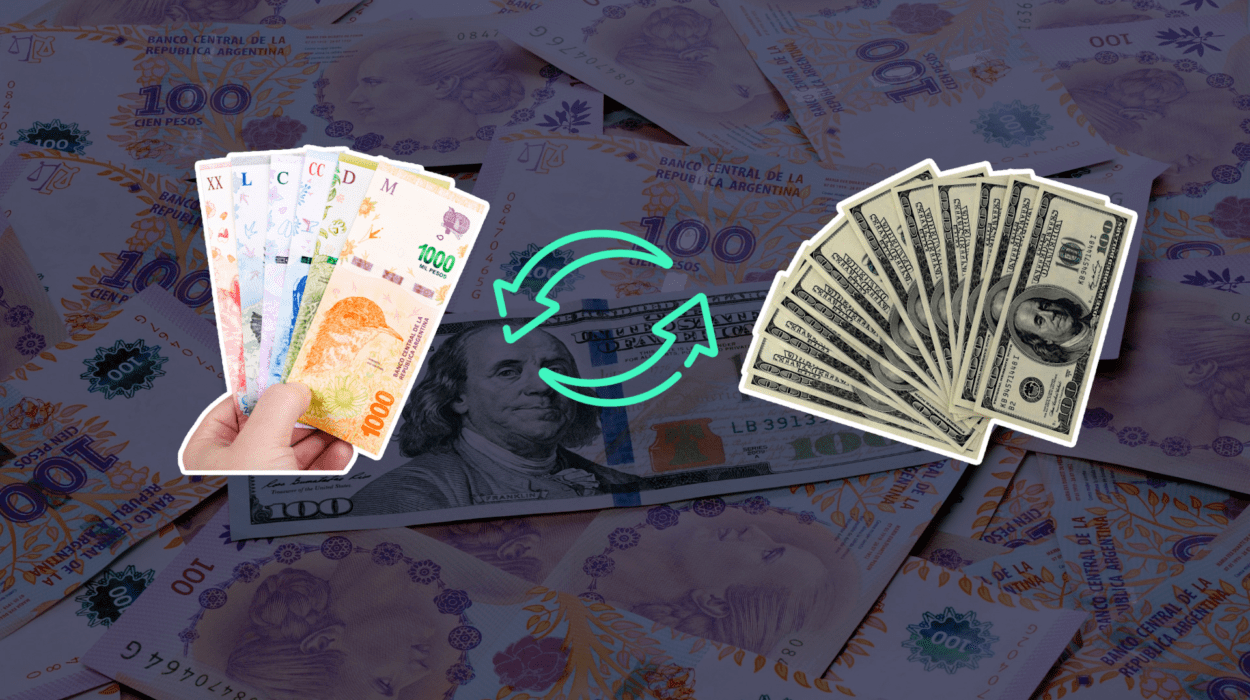Argentina’s Economic Quandary
Argentina, a country that is mired in economic controversy, has created a web of dollar-peso exchange rates as a result of capital controls put in place by the government. The complicated financial situation in the nation has come to light in light of the next presidential election, which will feature a candidate that favours switching from the peso to the US dollar.
A Plethora of Exchange Rates
Argentina uses a variety of peso-dollar exchange rates totaling more than a dozen in order to counteract the outflow of US dollars. Due to the severe devaluation of the peso, which places it among the world’s weakest currencies, these actions are intended to safeguard the limited supply of dollars.
The Tussle with Dollar-Denominated Debts
The peso is not a freely floating currency due to the significant dollar-denominated debts. Although there is an official exchange rate, the “blue dollar” or “informal” rate predominates. This unofficial rate is derived from an unregulated black market for the exchange of dollars.
The Allure of the Blue Dollar
Argentines are willing to pay more for blue dollars because there are no restrictions on buying them. The general public’s propensity for using the US dollar in everyday transactions is what motivates this preference. Consequently, the blue dollar demands a rate of 715 while the official peso currency fluctuates at 350 per dollar.
Government-Initiated Exchange Rates
The government has also developed a number of exchange rates in addition to strategies intended to circumvent currency regulations. For instance, the soy dollar offers advantageous rates to improve trade flows in order to support particular industries. Rates that cater to businesses and investors also help to stimulate the market. Tourists use the MEP exchange rate, but to suit travelling Argentine supporters during the World Cup, the Qatar dollar was introduced.
The “Coldplay Dollar” and Policy Intervention
The “Coldplay dollar,” intended for fans attending performances abroad, is a recent addition. According to Monica de Bolle, a senior scholar at the Peterson Institute for International Economics, these various rates often appear as last-ditch efforts during difficult economic times.
Contemplating the Peso’s Fate
Javier Milei, a prominent candidate for the upcoming presidential election in October, is a proponent of Argentina becoming a dollar-only country, thereby abolishing the peso. The peso would disappear along with the complex exchange rate system in the event of such a transition.
The Road Ahead
Although Milei’s plan has drawn attention, experts are sceptical about its viability and its effects. Due to Argentina’s abrupt dollarization and its little amount of US dollar reserves, according to De Bolle, a catastrophic recession may be on the horizon. Nevertheless, until a choice is made, Argentines must negotiate the complex monetary system, which can make issues worse in the future.
In Conclusion
Argentina’s intricate currency system, characterised by a wide range of exchange rates, is a reflection of the nation’s continuous economic difficulties. The impending election and its potential effects on the country’s monetary system underscore the precarious balance between policy, economic stability, and the demands of diverse economic sectors.

